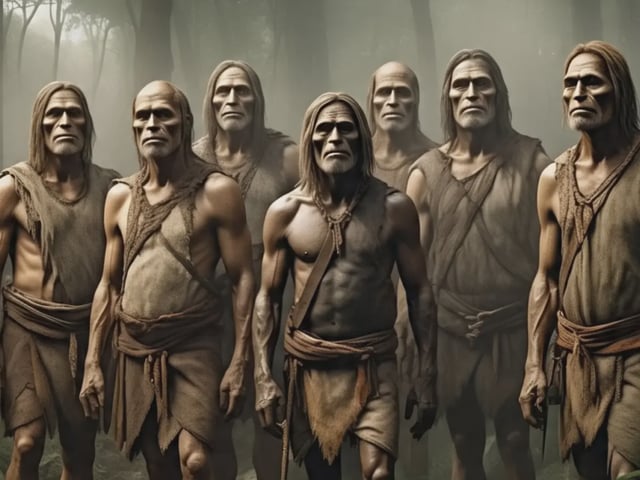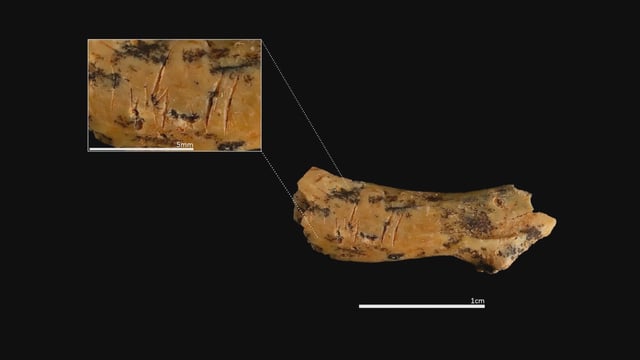Overview
- The child’s cervical vertebra was unearthed at Gran Dolina cave in Atapuerca, Spain, bearing precise tool-made incisions at key anatomical points for disarticulating the head.
- Dated to 850,000 years ago, the bone belonged to a two- to four-year-old Homo antecessor, marking the earliest known case of child cannibalism among human ancestors.
- Other Homo antecessor remains from the same site show defleshing marks and intentional fractures resembling those on consumed animal bones.
- Archaeologists suggest systematic peer cannibalism met critical food shortages and acted as a method to assert territorial dominance.
- Gran Dolina excavations by IPHES-CERCA since the 1990s position this discovery within a broader pattern of recurring cannibalism from 1.45 million to 18,000 years ago.


